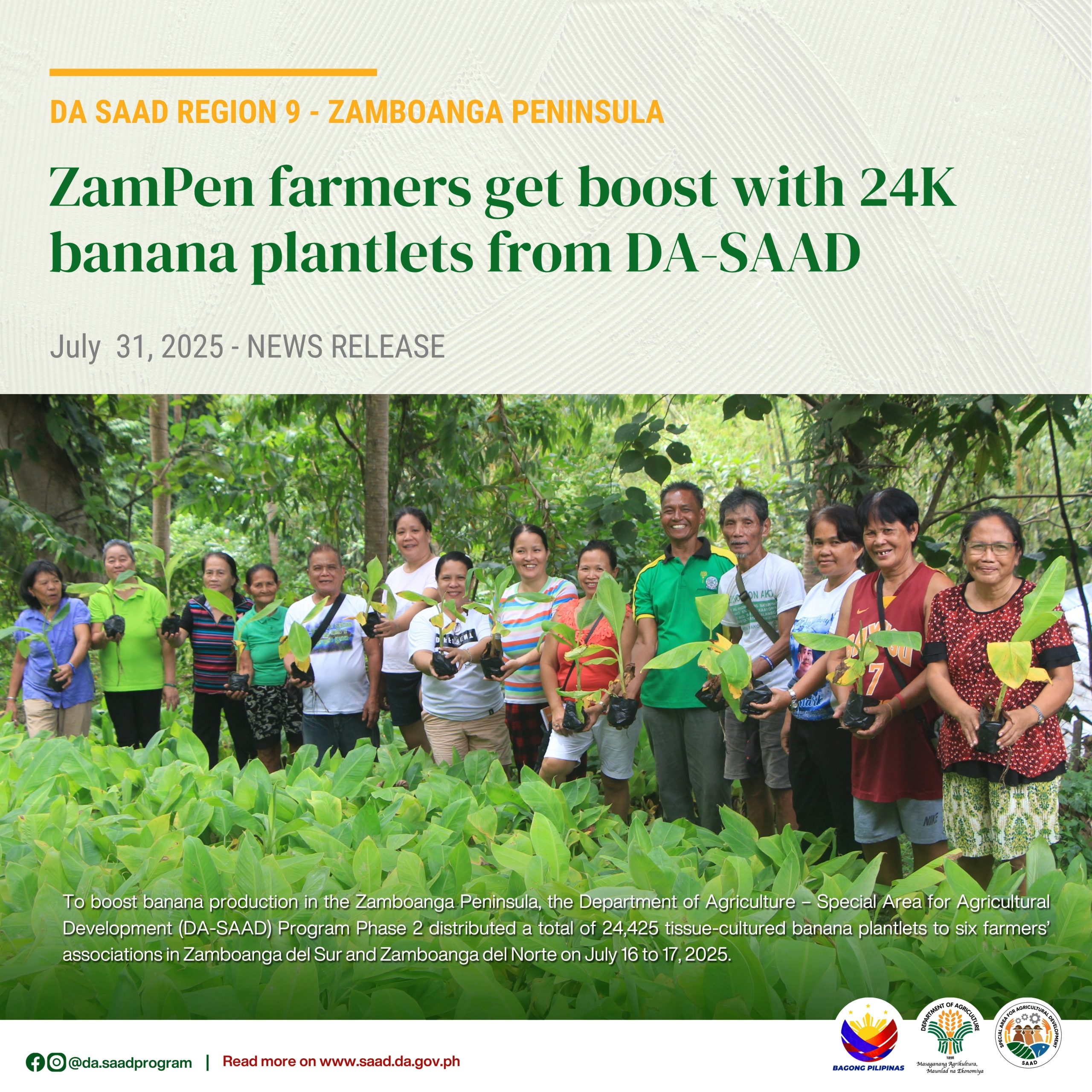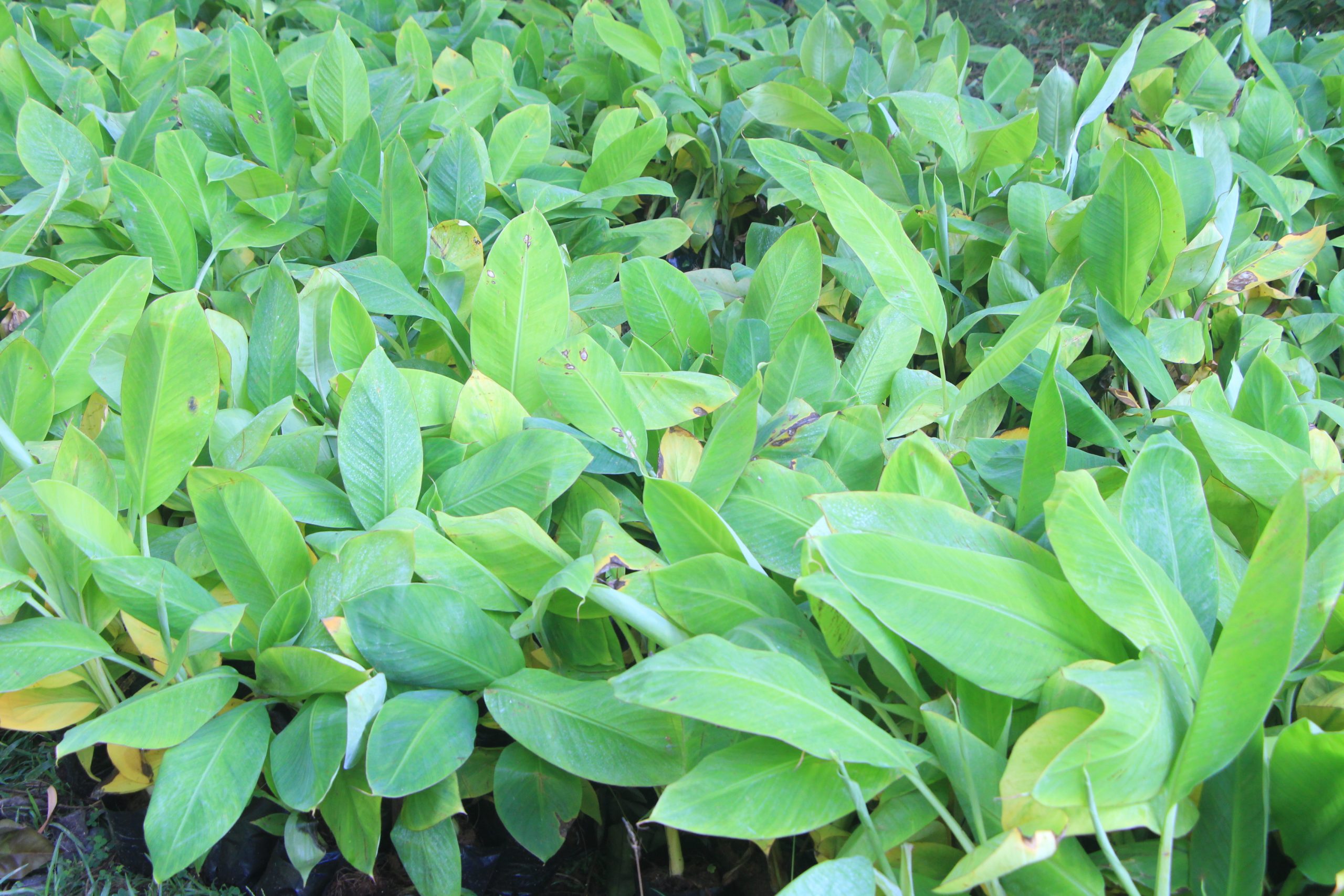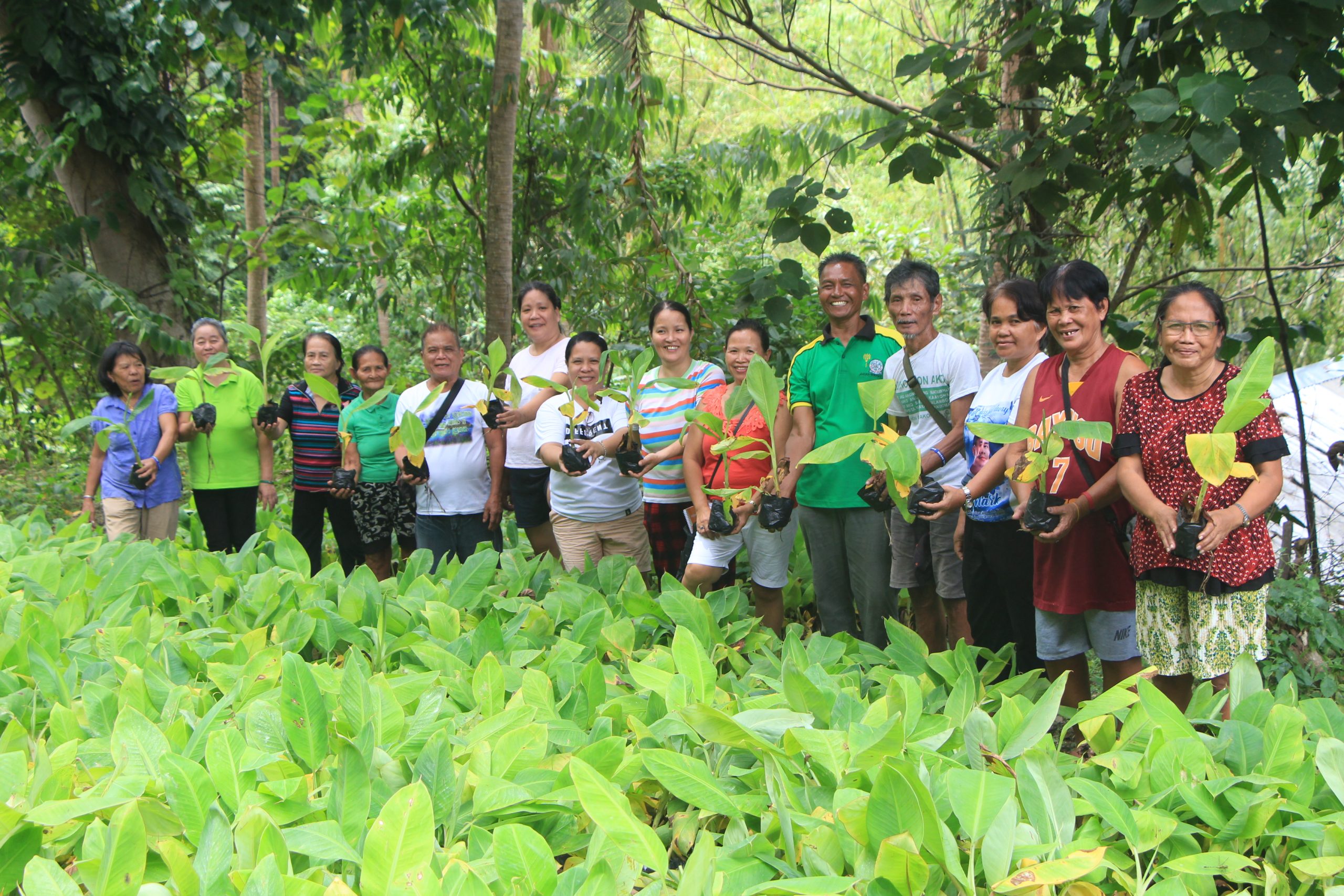To boost banana production in the Zamboanga Peninsula, the Department of Agriculture – Special Area for Agricultural Development (DA-SAAD) Program Phase 2 distributed a total of 24,425 tissue-cultured banana plantlets to six farmers’ associations in Zamboanga del Sur and Zamboanga del Norte on July 16 to 17, 2025.
The distribution included 20,425 lakatan and 5,000 cardava plantlets, amounting to Php 1,099,700 in livelihood assistance. This intervention supports beneficiaries for FY 2025 by providing quality planting materials to improve banana cultivation in the region.
Among the beneficiaries, the Cumarum Farmers Association in Midsalip, Zamboanga del Sur received the largest share, with 6,930 lakatan plantlets, followed by the Sapang Pinoles FA in Lakewood with 4,995. The Nilo FA in Tigbao and Tagaytay Hill FA in Josefina received 2,000 lakatan plantlets each.
In Zamboanga del Norte, the Libay Farfish Association in Sibutad received 3,500 lakatan plantlets. Meanwhile, the New Oroquieta Farmers Association in Tabina, Zamboanga del Sur was the sole recipient of cardava plantlets, receiving all 5,000 allocated plantlets.
Tissue-cultured banana plantlets are disease-free, particularly resistant to Panama disease and Sigatoka, and offer uniform growth and higher yields. On average, lakatan yields 11–13 metric tons per hectare, significantly more than traditional methods.
Banana remains a vital crop in Mindanao, with the Zamboanga Peninsula contributing significantly to the local fruit economy. While not the top-producing region in the country, bananas in Zamboanga play a major role in the livelihoods of smallholder farmers, especially in upland areas where bananas are intercropped with coconut or corn.
Lakatan bananas fetch a premium price in local retail outlets, while cardava continues to support the local processing industry, especially in banana chip production. These economic opportunities offer a clear path for farmers to transition from subsistence to income-generating farming.
For SAAD beneficiaries, this intervention is more than just agricultural support—it is a means of improving livelihood sustainability. By investing in crops with high market value, farmers can generate stable income, reduce vulnerability to crop failure, and strengthen their participation in regional agri-value chains.
Beyond improving yields, the intervention encourages community-based production systems and knowledge-sharing among FAs. With proper care and continued support, these groups can potentially scale their production and explore enterprise development, such as banana trading, processing, and cooperative marketing, helping shape a stronger future for their communities.
With initiatives like this, banana production in the Zamboanga Peninsula is expected to thrive, contributing not only to increased household incomes but also to the broader goal of sustainable agricultural growth in the region.###


